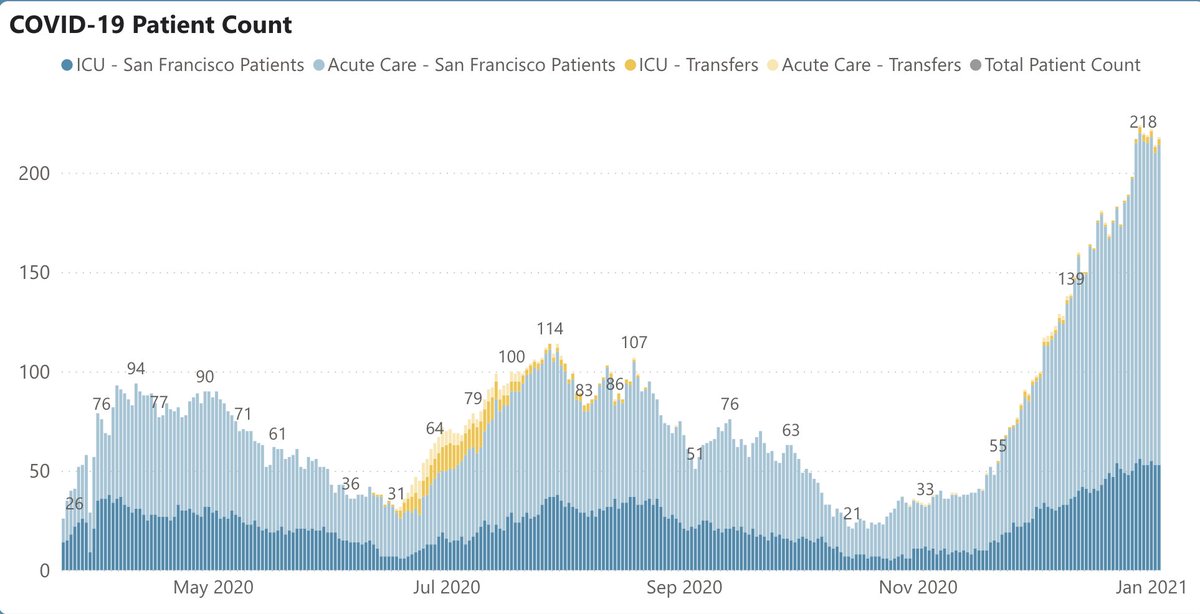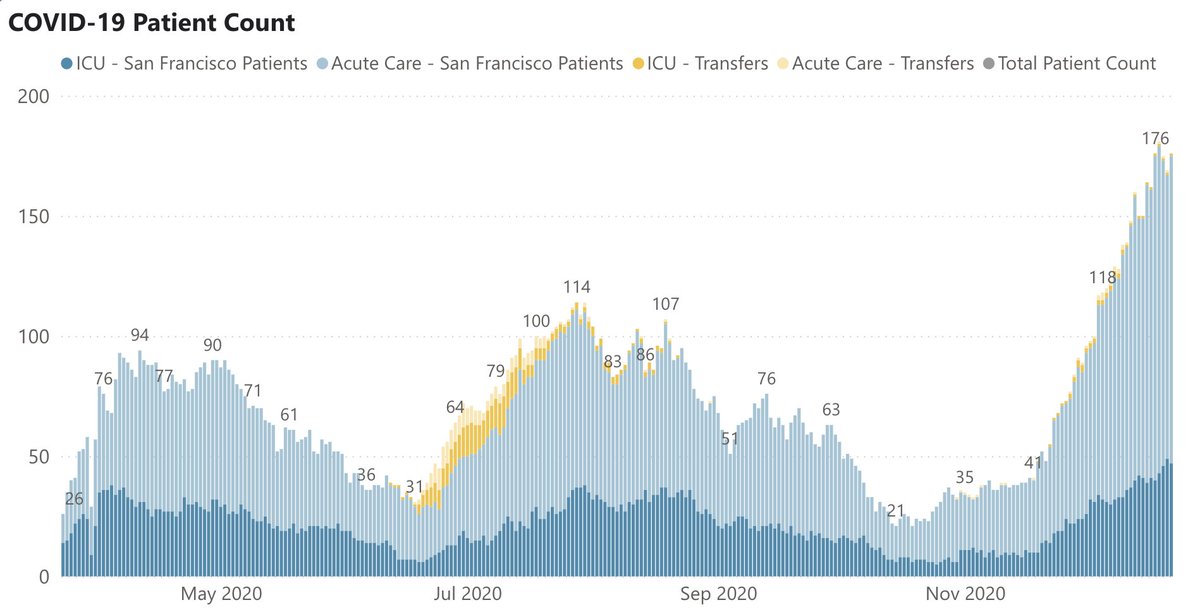
Today @nytimes, @ashishkjha & I make the case for a more straightforward, less-gameable & (we think) more equitable way to roll out vaccines: older people first, then use a lottery. tinyurl.com/y24vncws. Here's our reasoning: (1/15)
(It's worth noting that ours is part of a set of 4 interesting articles, the others on targeting hot spots, not pressuring the vaccine-hesitant, and a better way of thinking about distribution algorithms. All worth your time.) (2/15)
Our thinking: after we finish healthcare workers & people in nursing homes, question is: who goes next? Efforts to prioritize groups like "essential workers" & people with pre-existing conditions seem reasonable, but we fear that they are devolving into an unworkable mess. (3/15)
Already, we're seeing lobbying from various groups, making the case for why their group deserves to go before others.
And then there's a practical question around identifying who is in which group. To be blunt, "How the hell is this going to work?" For example... (4/15)
And then there's a practical question around identifying who is in which group. To be blunt, "How the hell is this going to work?" For example... (4/15)
How is the person at Walgreens or CVS going to verify that someone is a bus driver, or a grocery store clerk, or a preschool teacher? A note from HR? The honor system? Really?
And preexisting conditions are even harder. Will you need a note from your doctor? What if.... (5/15)
And preexisting conditions are even harder. Will you need a note from your doctor? What if.... (5/15)
...you don't have a primary care MD? And what's a pre-existing condition? Diabetes, sure. How about diet-controlled diabetes? Pre-diabetes? Cancer, of course. I had a fairly benign type of thyroid cancer in my 20s. 40 yrs later, I'm pretty sure I'm cured. Does that count? (6/15)
In the end, @ashishkjha & I felt that – in a well-intended effort to promote equity thru distribution – we had built a system so complex that it would actually be inequitable. Why? Who figures out how to get ahead in complex systems? The privileged. Exhibit A: the tax code (7/15)
How would our suggested system work? After finishing the current groups, we'd turn to age next. First >75, then 65-74, then 55-64. When that's done, we'll have vaccinated 29% of the population, but a group that accounts for 92% of all Covid deaths. A great start. (8/15)
Then the lottery would kick in, run either by feds or states. A random number is selected, let's say it's a "3". Everybody whose last digit of their birth year is 3 is eligible for vaccination for the next 1-2 weeks. And so on. Fair, transparent, equitable, & non-gameable. (9/15)
In the last few weeks, we've watched the roll-out at several large academic health centers (Stanford, MGH, several NYC hospitals) devolve into rancor, with protests, line jumping, computer crashes, and cheating. Not good.
And I was influenced by watching... (10/15)
And I was influenced by watching... (10/15)
... our roll-out @UCSF, which – though not perfect – has gone smoothly and been perceived as fair. How'd we do it? Divided our people into four big groups based on amount of job-related Covid exposure. And then...a lottery. Once your group was up, you knew you would get...(11/15)
... an email inviting you to make an appointment in the next week or so. But your place on that line was chosen randomly, with no special advantage for any one group. It worked.
Ditto the experience in the 1970s, where the nation used a odd-even system ... (12/15)
Ditto the experience in the 1970s, where the nation used a odd-even system ... (12/15)
...during the oil crisis. There, too, one could have argued for various groups to go first (poorer, longer commute, bigger family, more important work...). But the decision was to do it randomly, via license #. If your license ended with an odd number, you gassed up on... (13/15)
... an odd-number day. Ditto even. Transparent, equitable, feasible, & non-gameable. And it worked.
To paraphrase Churchill, a lottery is the worst system... except for all the others.
These vaccines are a miracle, but we could screw it up with a chaotic, unfair,... (14/15)
To paraphrase Churchill, a lottery is the worst system... except for all the others.
These vaccines are a miracle, but we could screw it up with a chaotic, unfair,... (14/15)
... and unworkable roll out. We look forward to the debate our proposal is likely to generate. It's not like there's anything else to talk about in the news 😉
Again, our piece is here: tinyurl.com/y24vncws
Stay safe and, when you can, get vaccinated. (15/end)
Again, our piece is here: tinyurl.com/y24vncws
Stay safe and, when you can, get vaccinated. (15/end)
• • •
Missing some Tweet in this thread? You can try to
force a refresh










